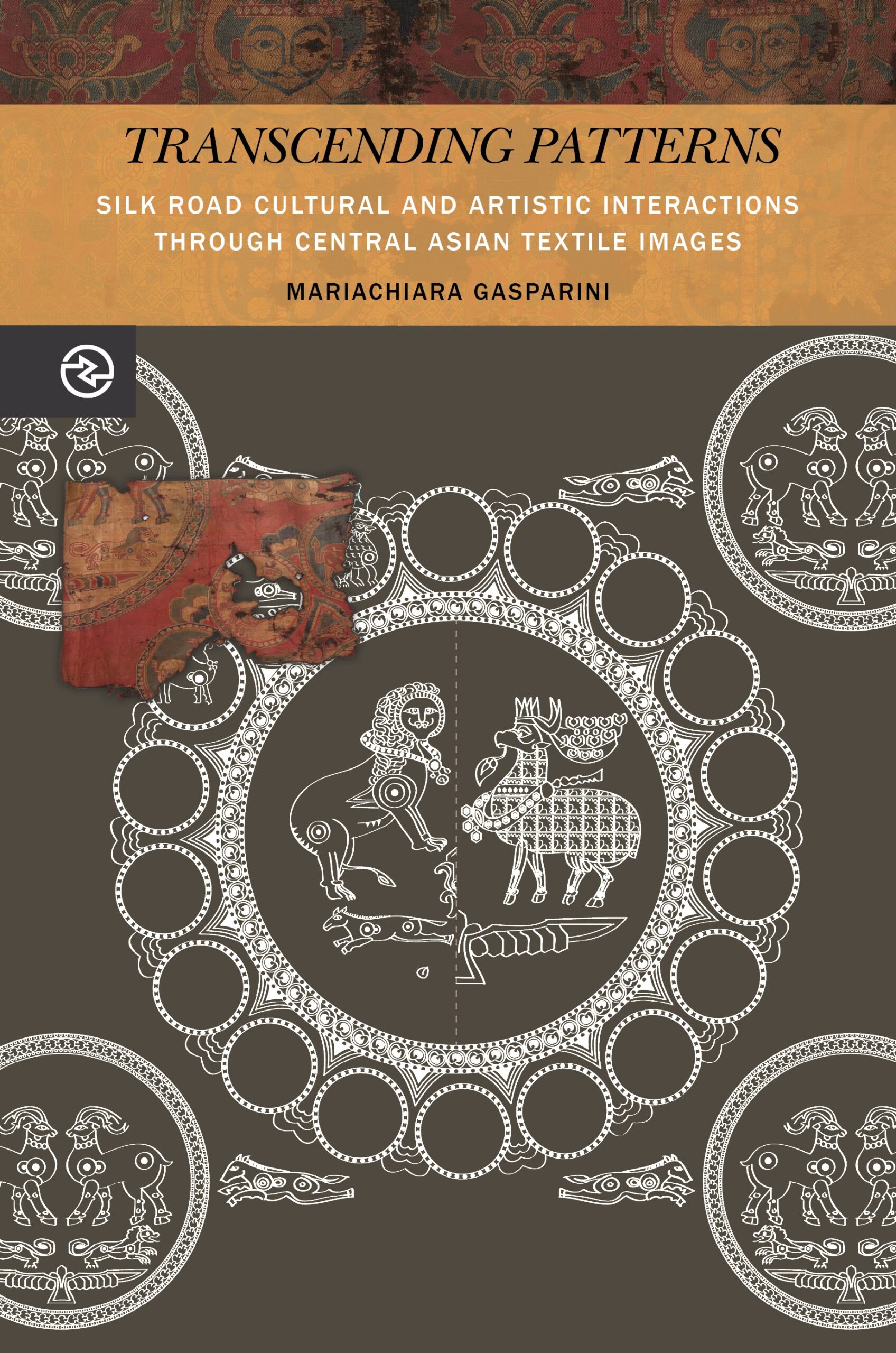Transcending Patterns: Silk Road Cultural and Artistic Interactions through Central Asian Textile Images
- About the Book
-
In Transcending Patterns: Silk Road Cultural and Artistic Interactions through Central Asian Textiles, Mariachiara Gasparini investigates the origin and effects of a textile-mediated visual culture that developed at the heart of the Silk Road between the seventh and fourteenth centuries. Through the analysis of the Turfan Textile Collection in the Museum of Asian Art in Berlin and more than a thousand textiles held in collections worldwide, Gasparini discloses and reconstructs the rich cultural entanglements along the Silk Road, between the coming of Islam and the rise of the Mongol Empire, from the Tarim to Mediterranean Basin. Exploring in detail the iconographic transfer between different agents and different media from Central Asian caves to South Italian churches, the author depicts and describes the movement and exchange of portable objects such as sculpture, wall painting, and silk fragments across the Asian continent and across the ages.
Gasparini’s history offers critical perspectives that extend far beyond an outmoded notion of “Silk Road studies.” Her cross-media work shows readers how certain material cultures are connected not only by the physical routes they take but also because of the meanings and interpretations these objects engage in various places. Transcending Patterns is at once art history, material and visual cultural history, Asian studies, conservatory studies, and linguistics.
- About the Author(s)
-
Mariachiara Gasparini, Author
Mariachiara Garsparini received a PhD in transcultural studies and global art history from Heidelberg University, Germany. Her research focuses on Central Asian material culture, wall painting, artist’s praxis, and Sino-Iranian and Turko-Mongol interactions. She has conducted extensive fieldwork in Asia. Since 2015 she has been teaching Asian art in the San Francisco Bay Area.Anand A. Yang, Series Editor
Kieko Matteson, Series Editor
- Reviews and Endorsements
-
- In deploying a transcultural framework, Mariachiara Gasparini demonstrates the ways in which the material can become more open to multiple meanings and mirror its multifaceted uses with a more flexible, interpretive framework. In her analysis of the material forms of silk in China, the Himalayan Kingdoms including Ladakh, and its constitution in Italy, it may be too soon to say whether Gasparini has single-handedly engineered a field-changing, barrier-breaking analysis of the stuff that brought the “Silk Road” trading routes into existence, but we can state with certainty that she has given researchers tools to fabricate concrete arguments for further study.
—Sarah E. Fraser, Universität Heidelberg - Gasparini’s book is an attempt to reclaim these materials for art history by building a new method for making sense of them, despite what we may not know about them. Her solution is to propose a model of cultural matrices and interactions, rather than of origins and influences. This model is developed out of a truly astonishing breadth of study of surviving materials and accounts from across Eurasia over a thousand years or more of history.
—Kate A. Lingley, Department of Art & Art History, University of Hawai‘i at Mānoa, caa.reviews
- In deploying a transcultural framework, Mariachiara Gasparini demonstrates the ways in which the material can become more open to multiple meanings and mirror its multifaceted uses with a more flexible, interpretive framework. In her analysis of the material forms of silk in China, the Himalayan Kingdoms including Ladakh, and its constitution in Italy, it may be too soon to say whether Gasparini has single-handedly engineered a field-changing, barrier-breaking analysis of the stuff that brought the “Silk Road” trading routes into existence, but we can state with certainty that she has given researchers tools to fabricate concrete arguments for further study.
- Supporting Resources
-










